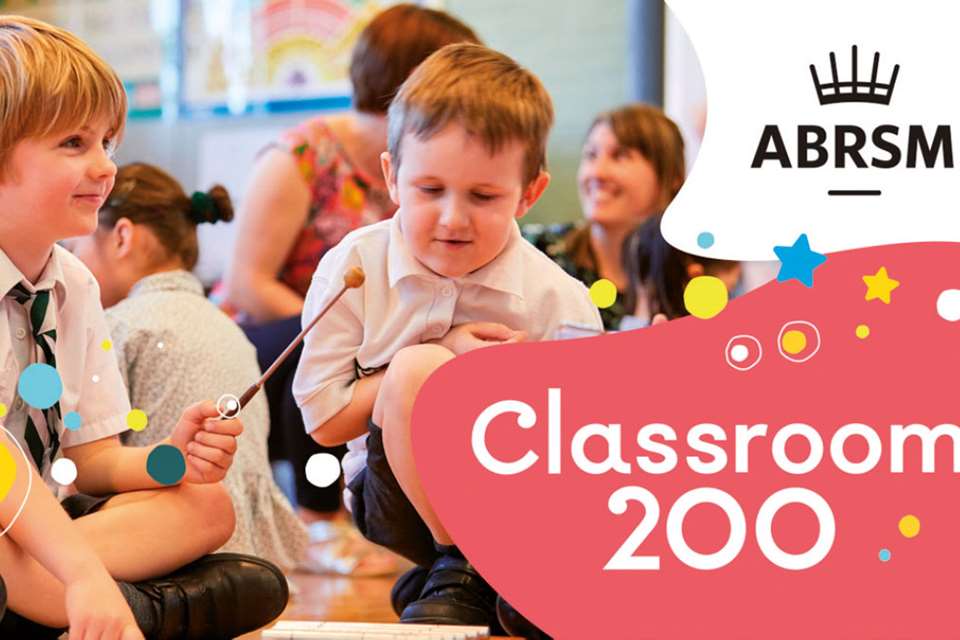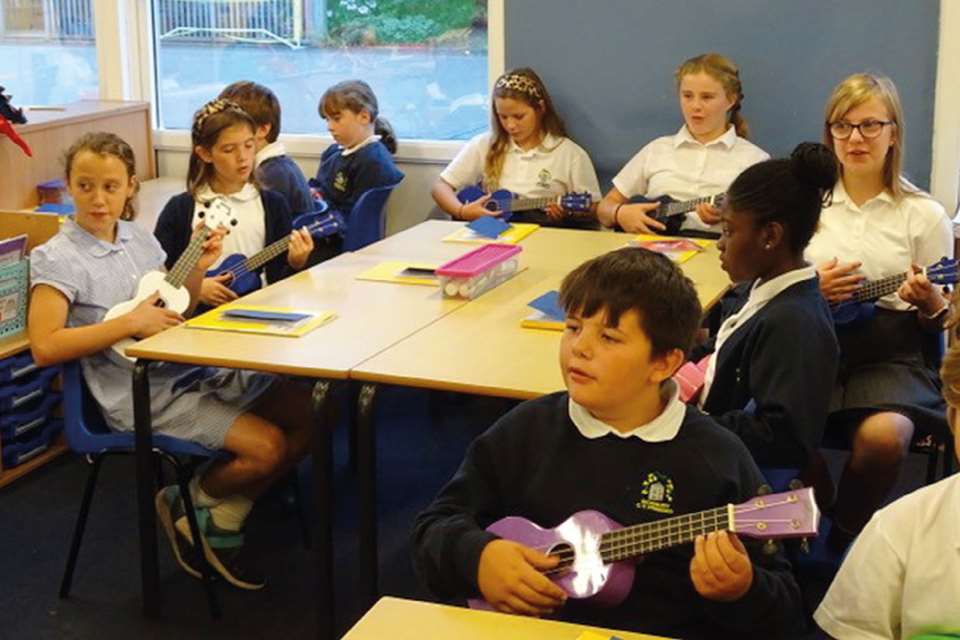Metacognition in the classroom: Mind over matter
Dice Wood
Thursday, December 1, 2022
You may be unknowingly utilising metacognition in your music classroom already. To help you actively engage with the buzzword of the moment, Dice Wood breaks down its meaning and highlights some practical suggestions for your next music lesson

Kras 99 / Adobe Stock
With the Education Endowment Foundation's (EEF) toolbox naming ‘metacognition and self-regulation’ as the number one strategy for improving student attainment, and the relatively low-cost, high-impact effect it can have, metacognition has become the buzzword in many schools. With training often focused on the more written based subjects, a consideration of what it looks like in the music classroom, and how much it is already used, can be useful – particularly when highlighting the great work going on in your department.
In the EEF's guidance report on the subject they say that ‘most teachers support metacognition without realising it’, and this is never more so the case than in the music classroom. Metacognition fits easily with musicality – what we do as musicians, and train our students to emulate, is entirely based on metacognition.
Before we get into the how and why in the classroom, it is helpful to start with an explanation of metacognition. In lessons, students use cognitive thought (their awareness of strategies that work for them), their motivation to use these strategies, and then their metacognition to evaluate how well it is going and whether strategies need to be adapted. In an average lesson a student must think about a great deal of different strategies as well as new information, which can lead to overwhelm, known as ‘cognitive load theory’.
Addressing goals with practical actions
Let's take an example of a Year 9 scheme of work I've adapted from Jane Werry's online teaching material on Hamilton released in 2015 in Music Teacher magazine (available to subscribers online). In their second lesson, I want the students to learn to play the ground bass and perform it together as a class focusing on their ensemble skills. For this they need to:
- Remember where the notes are on the keyboard
- Remember what the rhythm is
- Use notation to help – this can be graphics, grids or five-line staves
- Work out which hand and fingers to use
- Work out how to fit the parts together with a rehearsal backing track
- Work out how to fit their parts with the rest of the class, while still remembering all of the above.
Just looking at that list is exhausting – no wonder some students give up quickly. Yet for some students in your class, playing a five-note bass line will be too easy and they will therefore need our differentiated tasks. We need to manage this in stages to prevent their cognitive load from overflowing.
The EEF gives a series of actions that should happen in a lesson which will seem remarkably familiar to music teachers:
- Activate their prior knowledge
- Give explicit strategies
- Model how to use them
- Help students to memorise the strategy
- Guide their practice
- Give them independent practice time
- Create a chance for structured reflection.
Let's take each of the above and apply it to the aforementioned Year 9 lesson as a case study:
- Activate their prior knowledge – students start the lesson playing an online game recognising notes on a keyboard. A ‘teacher score’ is on the board for the more advanced to try and beat. Conduct points are given out for best scores and double points for anyone who manages to beat the teacher's score.
- Give explicit strategies – as a class we revise our strategies for remembering where the notes are. We listen to the track and notice the ground bass. We talk about the fact it has five notes, and we have five fingers. All of this is done through discussion and ‘think pair share’ activities.
- Model how to use them – on the keyboard I model how to play the bass line with the left hand and five fingers. I get my more advanced students to sit beside those that need assistance and demonstrate at the same time with their keyboard.
- Help students to memorise the strategy – I show them that on their virtual classroom they have both a play along video and a photograph of my hand on the keyboard, which they can refer to later if they get stuck.
- Guide their practice – I play the bass line through with them a couple of times.
- Give them independent practice time – I give students time to practise it as many times as they can, creating a recording of themselves on their DAW (we use MIDI keyboards), with differentiated activities for those more able, such as playing two hands together with the chords and bass; or taking the ground bass and working out the different chords that could fit with it, what effect each gives, and what mood that creates compared to the original.
- Create a chance for structured reflection – we play the bass together as a class with the cast recording. The students then fill in a reflection form or have a discussion thinking about where they are against my criteria, what they are proud of achieving, what they would like to achieve next, and which skills are transferable to what we are doing in the next lesson (which in this case was learning the chords and riffs on a keyboard).
A bird's-eye view
While students are working on their independent practice, I have chance to walk around and help those who need it, discussing what they are finding difficult and what strategies they can use. When I notice students struggling with similar challenges, I bring a small group together at a piano and work out strategies to make it easier, for example modelling and guiding their practice.
At its core, metacognition is about what we do as musicians automatically, applying strategies we know work for us to new pieces and situations, such as fingering patterns or pedalling. We automatically use metacognition in our classroom.
Our job now is to verbalise and highlight what we are doing with our students so that they can become more independent – and lessons can be as practically based as possible – and highlighting these fabulous strategies to those who may visit our classroom.
Find the EEF's guidance reports online.







